READY, SET, SOD!
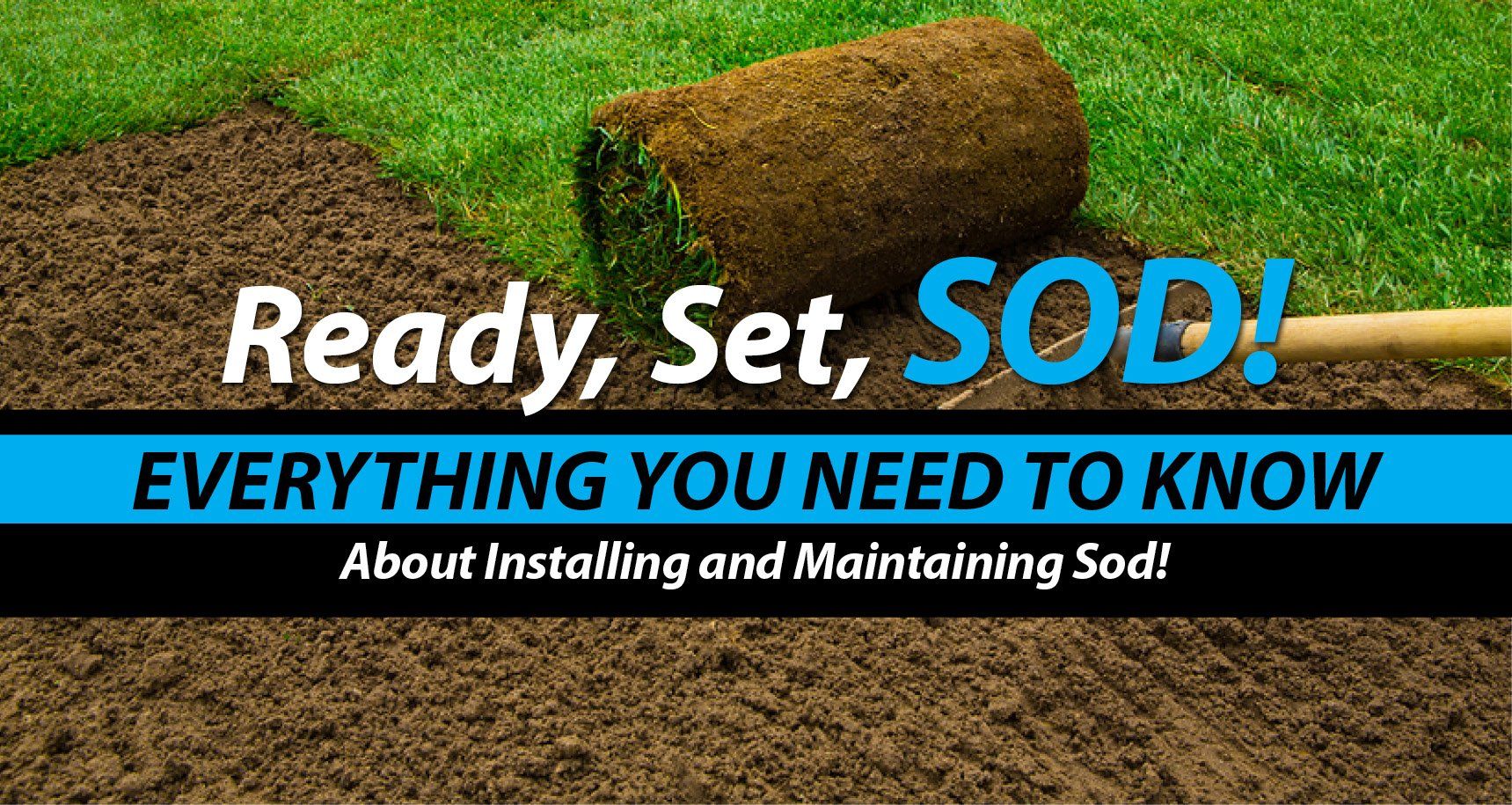
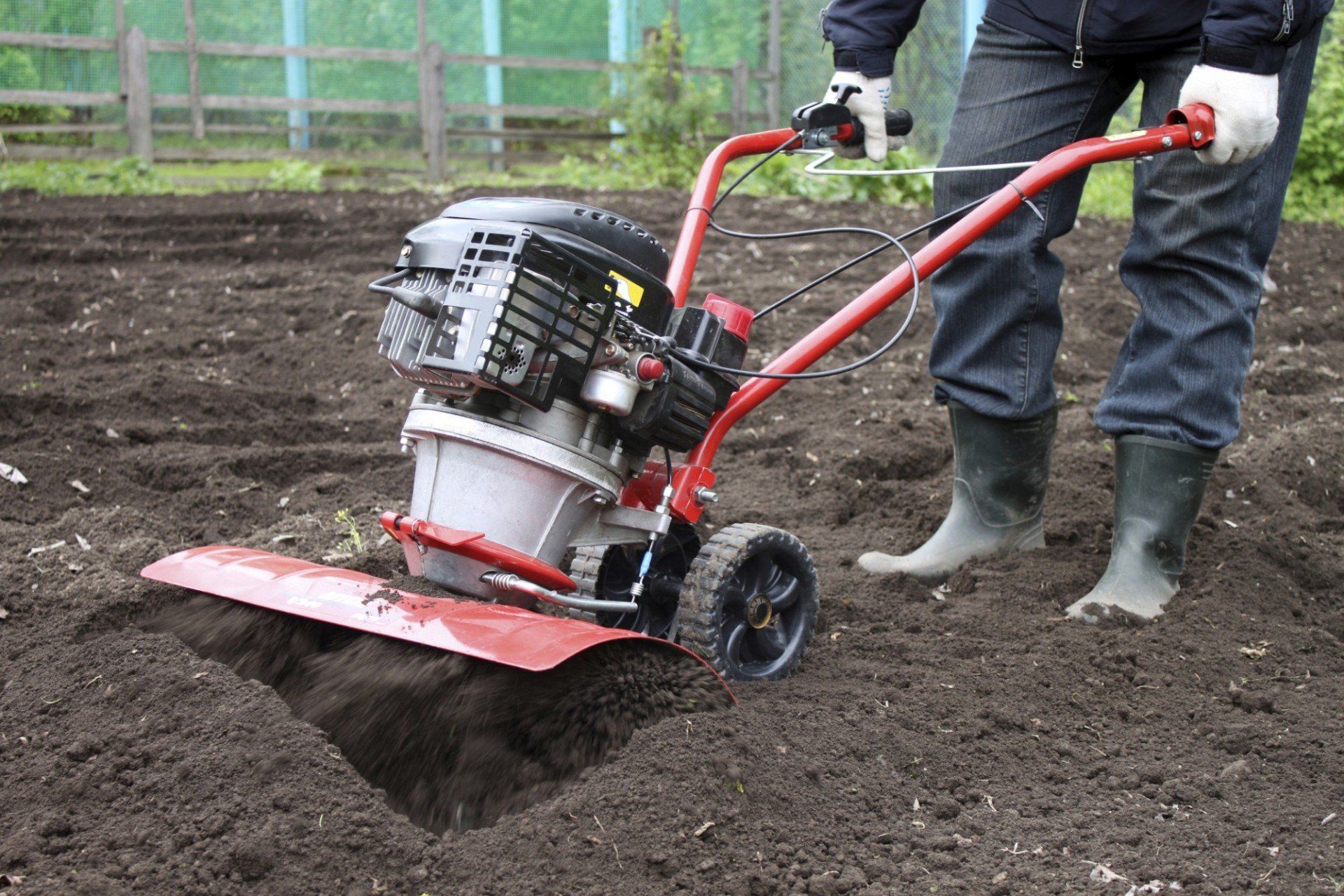
Next, performs a soil test to determine the pH level of the soil. If the soil is acidic, adjust with a lime product accordingly (example: Hi-Calcium Lime powered by TCS AMP-XC™ #902560 )
If the soil is alkaline, adjust with peat, compost, aluminum sulfate, elemental sulfur, or iron sulfate. When adjusting the pH, these soil amendments should be tilled into the top 2-3 inches of the top soil. If the soil is also heavy in clay or suffering from compaction, consider adding gypsum (example: TCS Gypsum #902817 , #902816 ) to increase porosity.
- NOTE: even sandy soils are susceptible to compaction, so avoid compacting soils with heavy equipment as much as possible.
Next, make sure the top soil has been leveled and smoothed; this will ensure the underside of the sod has maximum contact with the top soil. During this process (once again), avoid compacting the soil as much as possible. The last step in ground preparation is to spread a starter fertilizer across the top soil. There is no need to rake it in, as the sod will be placed directly atop the fertilizer. Consult the grower for sod-specific fertilizer recommendations.
- IMPORTANT: DO NOT DEPLOY ANY FERTILIZERS WITH PRE-EMERGENT HERBICIDES, AS THESE MAY HINDER ROOT DEVELOPMENT IN ESTABLISHING SOD.
SOD INSTALLATION
Once the ground has been adequately prepared, it’s time to take delivery of your sod. Sod is typically harvested within 24-48 hours of being installed. Most sod comes in the form of large rectangular sheets. These sheets are rolled or stacked, then transported direct to the installation site. It is critical that the sod be installed within 48 hours of harvest. Beyond 48 hours, sod starts to desiccate, as well as suffer from lack of sunlight.
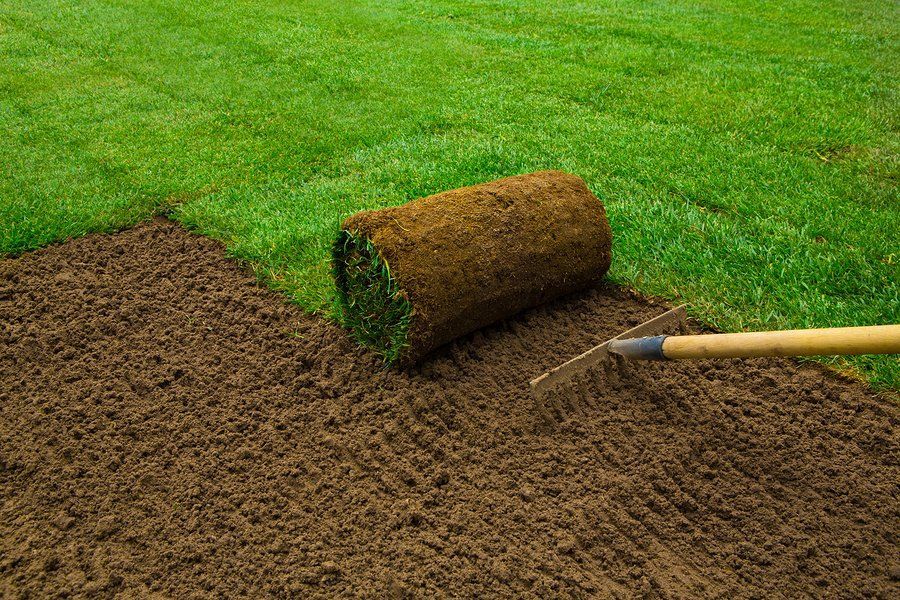
- IMPORTANT: Never lay new sod down on saturated soil; this can lead to compaction, drainage issues, and the potential for fungal outbreaks under warm conditions.
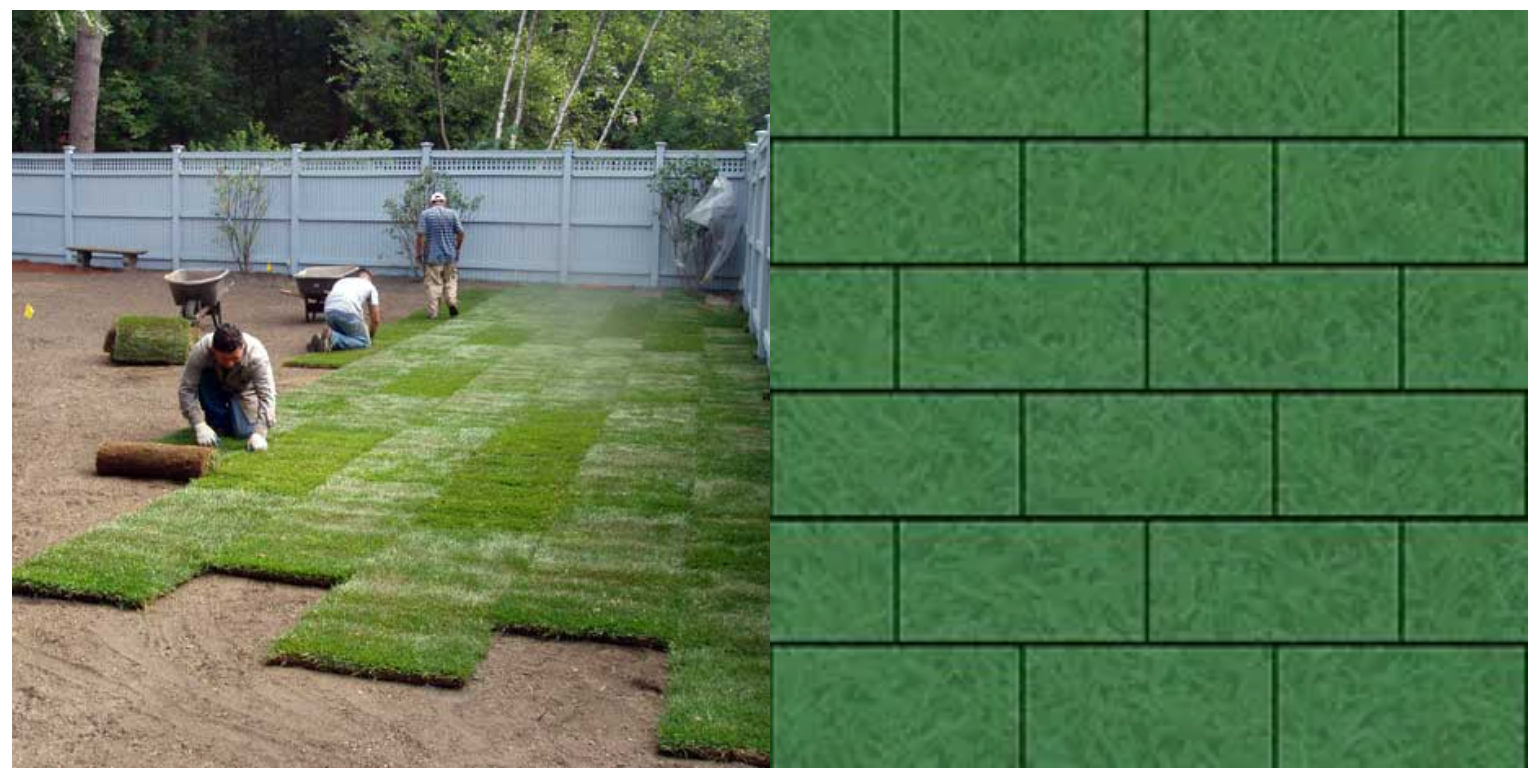
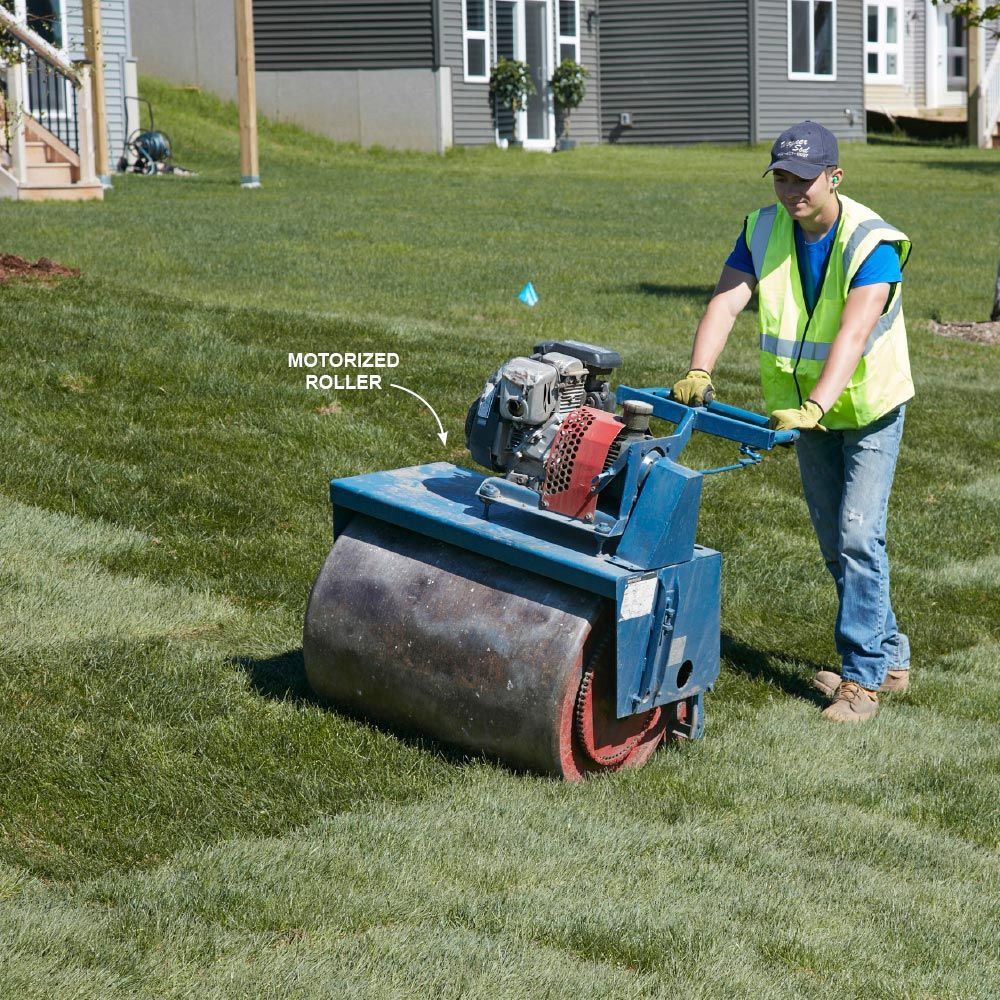

- IMPORTANT: DON’T FORGET THESE GREAT FOLLOW UP TIPS TO KEEP YOUR NEW SOD IN TOP SHAPE! Keep foot traffic to a minimum until sod is well rooted (usually a few months).
- After the sod is well rooted, Aerate in early to mid-fall, and then once more in the spring if necessary
- Use a pre-emergent herbicide in the spring to keep your lawn weed free through the year (don’t miss this step!).
- Use good lawn keeping practices through the remainder of the year.
GIVE YOUR NEW SOD THE EDGE WITH THESE FERTILIZER AND SOIL AMENDMENT RECOMMENDATIONS FROM TURF CARE SUPPLY!
Once your sod is set, apply AMP-XC™ Liquid Concentrate after the first watering. Apply 2oz per 1000 sq. ft. on the first application, then 1oz per 1000 sq. ft. once a month through the fall. AMP-XC (L) has the following ingredients to accelerate the transplanting and rooting processes:
- Microbial metabolites – beneficial organic compounds that provide growing turf all the build blocks they need to accelerate their metabolism and growth rate
- Chelated iron – 100% soluble iron to help keep sod a deep green during the rooting process
- 7% Humic Substances – loaded with microbially derived humic and fulvic acids, these compounds help reduce soil compaction, chelated micronutrients, create an idea environment for beneficial soil microbes, and help retain water in the root zone (critically important for establishing sod)
Use a starter fertilizer that contains phosphorus at a rate of 1.0 to 1.5 lbs P per 1000 sq. ft. about 4-6 weeks after setting sod (Example: TCS GrowStar Starter Fertilizers )
Apply nitrogen at a rate of 0.5 lbs N per 1000 sq. ft. about 4-6 weeks after setting sod. Using a fertilizer with at least 30% slow release nitrogen will assist in more evening feeding and less of a pH shift in the soil.
For professional fertilizers, humic and AMP-XC™ enriched products available, please visit TurfCare’s online Product Catalog.
For green industry professionals or others interested in ordering Turfcare products, please contact our Customer Service to find a distributor near you.
The TURFReport Highlights:
Additional Articles and Insights
















